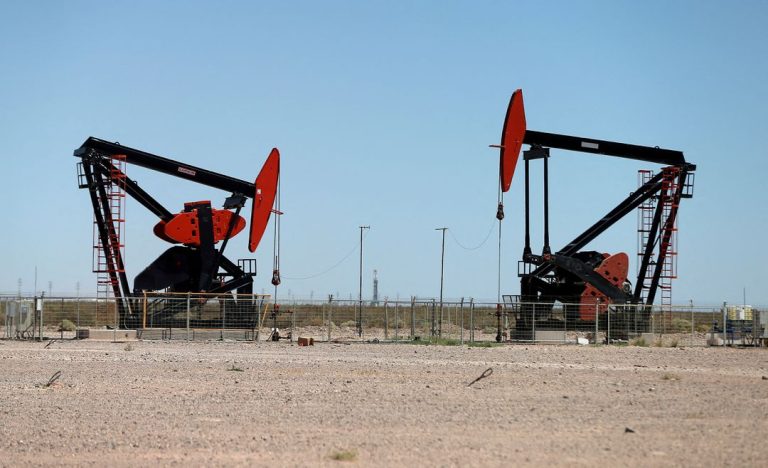On Monday, oil prices increased by more than 1% as a crucial pipeline that supplies the US remained closed and Russian President Vladimir Putin threatened to reduce production in retaliation for a Western export price ceiling.
By 0500 GMT, Brent crude futures had increased by 46 cents, or 0.6%, to reach $76.56 per barrel. U.S. West Texas Intermediate crude was up 57 cents or 0.8% at $71.59 per barrel.
Following declines in both grades last week to their lowest levels since December 2021 amid worries that a potential global recession will affect oil demand, prices for Brent and WTI increased on Monday.
According to Edward Moya, a senior market analyst for OANDA, “oil prices are higher as the Keystone pipeline remains closed, China’s COVID regulations loosen, and on worries that Russia could drop supply.
The Keystone oil pipeline spill in the United States last week has not yet been fully investigated, according to Canada’s TC Energy (TRP.TO), which stated this on Sunday. No timetable for the pipeline’s return to operation was provided.
Putin declared on Friday that Russia, the largest energy exporter in the world, might reduce production and would refuse to sell oil to any nation that imposes a cap on Russian exports that is deemed “dumb” by the G7.
While price volatility remained high due to the uncertainty surrounding the European Union restrictions on Russian oil and the associated price cap, the penalties have so far had little effect on the world markets, according to ANZ analysts.
The energy minister for Saudi Arabia also stated on Sunday that it was still unclear how the European price limit and punishment measures will be implemented and that their influence had not yet been clearly felt.
Barring an unanticipated shock, Treasury Secretary Janet Yellen predicted that American inflation will significantly decline in 2023.






